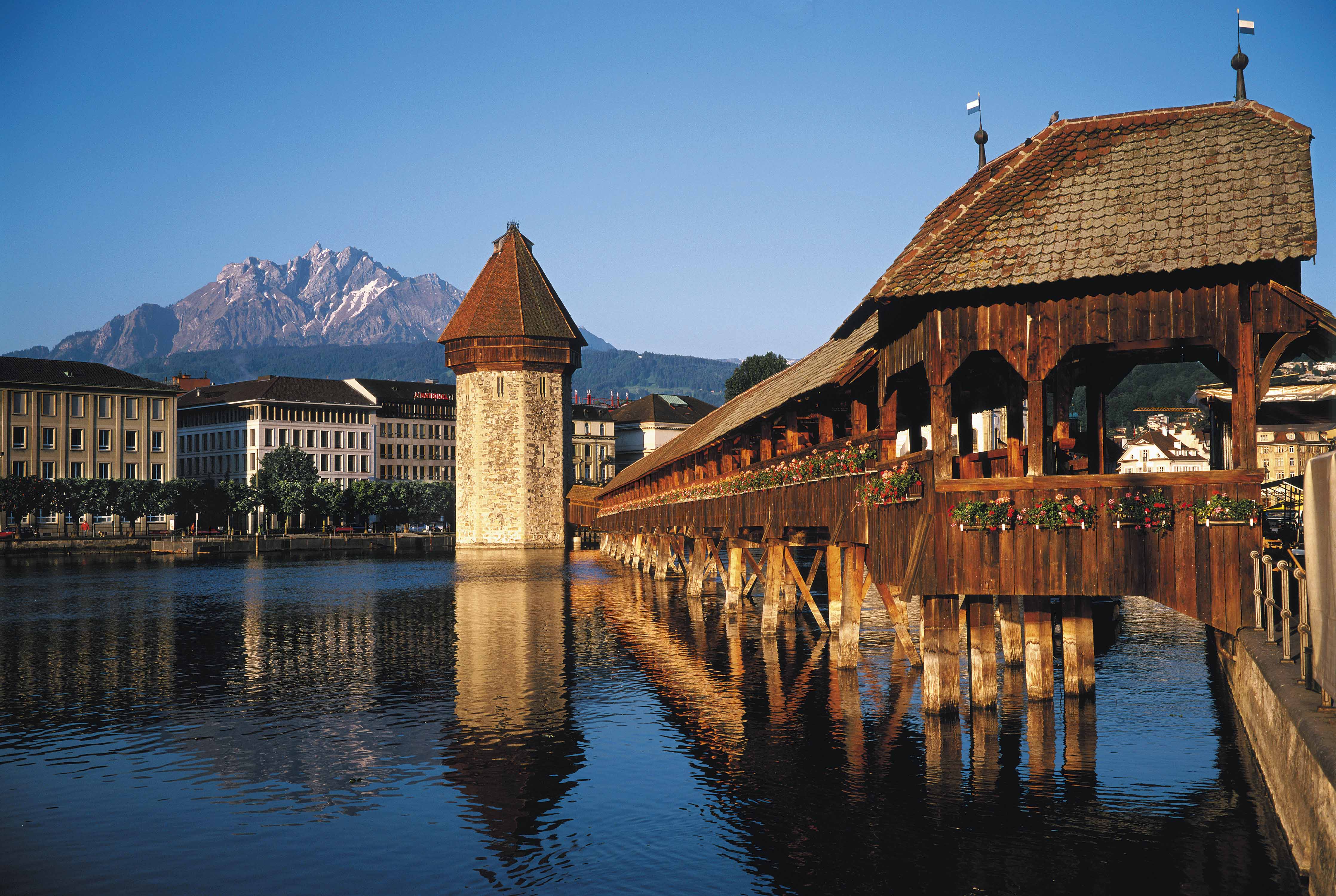Imagine a city with ornate streets, varied rhythms, super fantasized people, fascinating artistic expressions that carry years of tradition, young people dancing for hours and lots of enthusiasm. This is how Lucerne, in Switzerland, translates during the days of carnival. At that time the traditional Fritschi parade takes place since the 15th century and lasts for generations attracting people around the world.
The origins of the Carnival of Lucerne are marked by the figure of Fritschi, an old man and his family that can not miss on days of fun. If the parade once symbolized patriotic, historical or folkloric themes, it now has a more satirical touch. This parade is the great attraction of the city’s carnival that has the participation of the Guggemuusige, improvised bands that wear clothes and imposing masks and play current songs with percussion instruments in very high tones and sometimes unordered.
The first of these groups was formed around 1950, taking as an example the city of Basel. In the beginning it was a small group that grew a lot and today makes the celebration lively and unforgettable. Bands do not just march through the streets in coordinated formation, but they make frequent stops representing scenes and mingling with the crowd. There are also many individuals or small groups in disguise who play a musical instrument, or play a joke to cheer people on. And from what you can feel, visiting the city during this period is sure to live animated and unforgettable moments. Carnival takes place from Thursday to Tuesday, from February 8 to 13.
Know the destination:
With about 70,000 inhabitants, Lucerne is the eighth largest city in the country. Due to its size, location and economic potential, the city can be considered as the capital of Central Switzerland, and is one of the world’s tourist capitals, attracting over 2.5 million visitors each year. Lucerne is flanked by lakes and mountains, and has a large cultural plurality. The architecture permeates between the contemporary and constructions dating from 1178. With effervescent nightlife, luxury represented through the various restaurants and shops, local and international cuisine, surrounded by history and traditions the city is the gateway to the Lake Lucerne region, and a mandatory stop for at least 3 days. This is the minimum suggested time for people who want to get to know the city and surrounding regions.
 With its welcoming and hospitable character, Lucerne thrives and is the stage for countless music, artistic and cultural festivals that involve all rhythms and tribes. The hotel sector of the region, made up of more than 50 hotels, offers guests a luxurious, cozy and comfortable stay during the festive periods, whether summer or winter.
With its welcoming and hospitable character, Lucerne thrives and is the stage for countless music, artistic and cultural festivals that involve all rhythms and tribes. The hotel sector of the region, made up of more than 50 hotels, offers guests a luxurious, cozy and comfortable stay during the festive periods, whether summer or winter.
Photos: Press release
